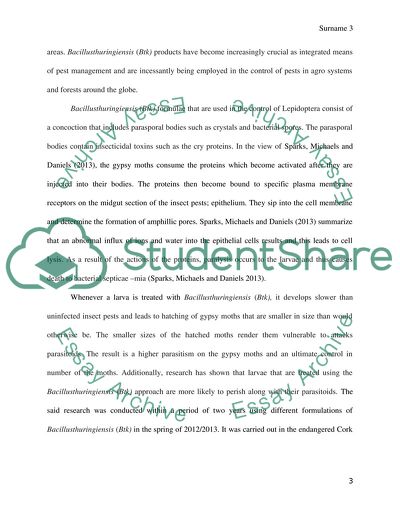Cite this document
(“Bt and Gypsy Moth Essay Example | Topics and Well Written Essays - 1000 words”, n.d.)
Bt and Gypsy Moth Essay Example | Topics and Well Written Essays - 1000 words. Retrieved from https://studentshare.org/biology/1632329-bt-and-gypsy-moth
Bt and Gypsy Moth Essay Example | Topics and Well Written Essays - 1000 words. Retrieved from https://studentshare.org/biology/1632329-bt-and-gypsy-moth
(Bt and Gypsy Moth Essay Example | Topics and Well Written Essays - 1000 Words)
Bt and Gypsy Moth Essay Example | Topics and Well Written Essays - 1000 Words. https://studentshare.org/biology/1632329-bt-and-gypsy-moth.
Bt and Gypsy Moth Essay Example | Topics and Well Written Essays - 1000 Words. https://studentshare.org/biology/1632329-bt-and-gypsy-moth.
“Bt and Gypsy Moth Essay Example | Topics and Well Written Essays - 1000 Words”, n.d. https://studentshare.org/biology/1632329-bt-and-gypsy-moth.


